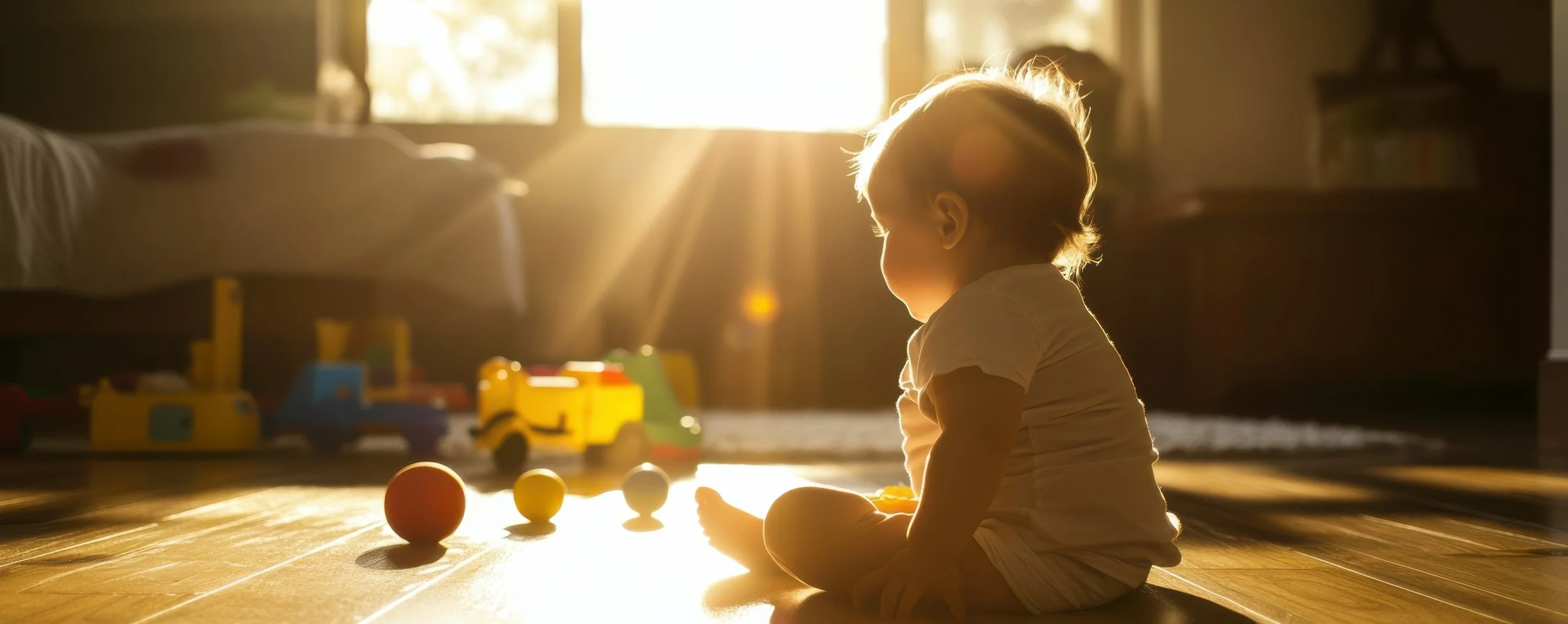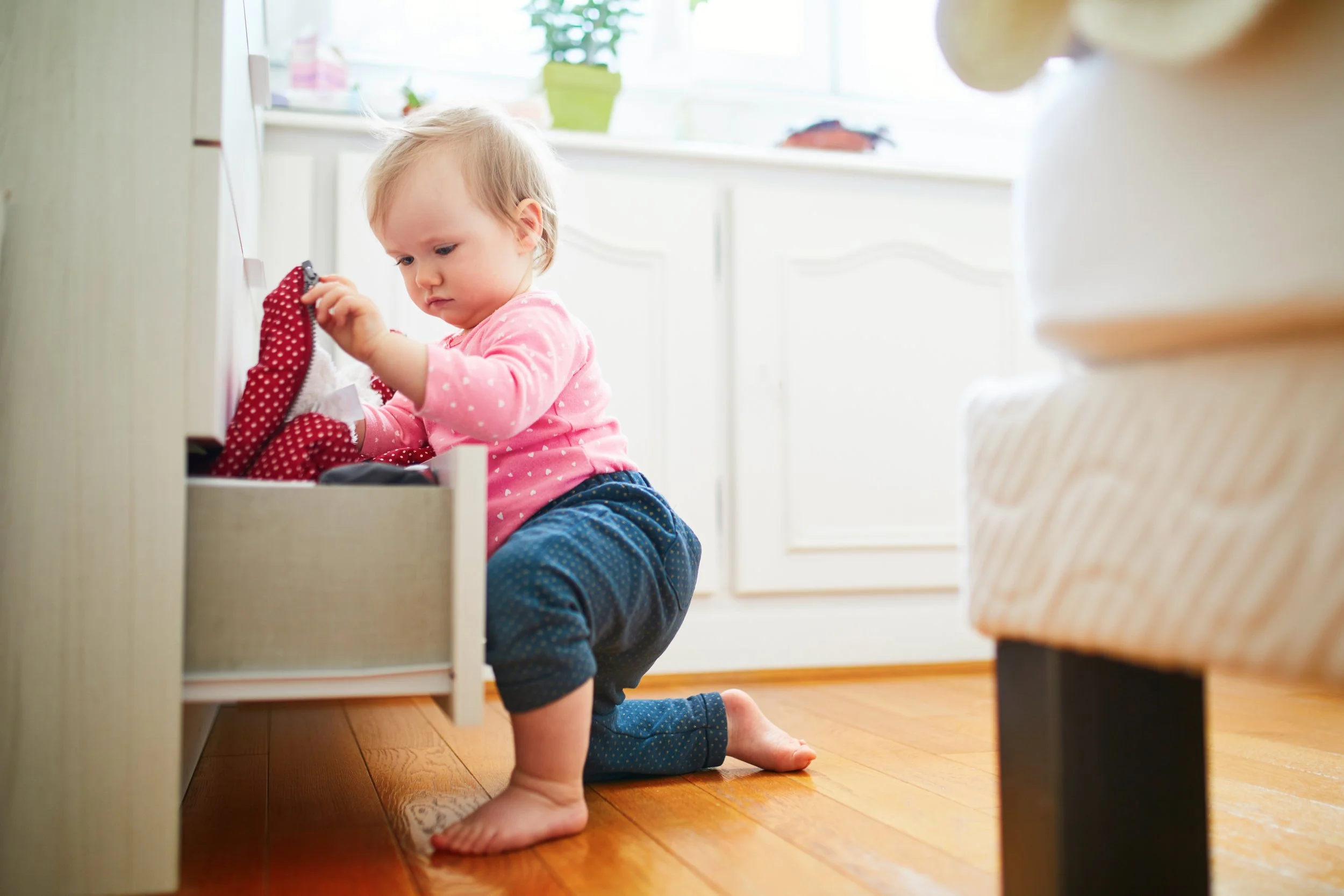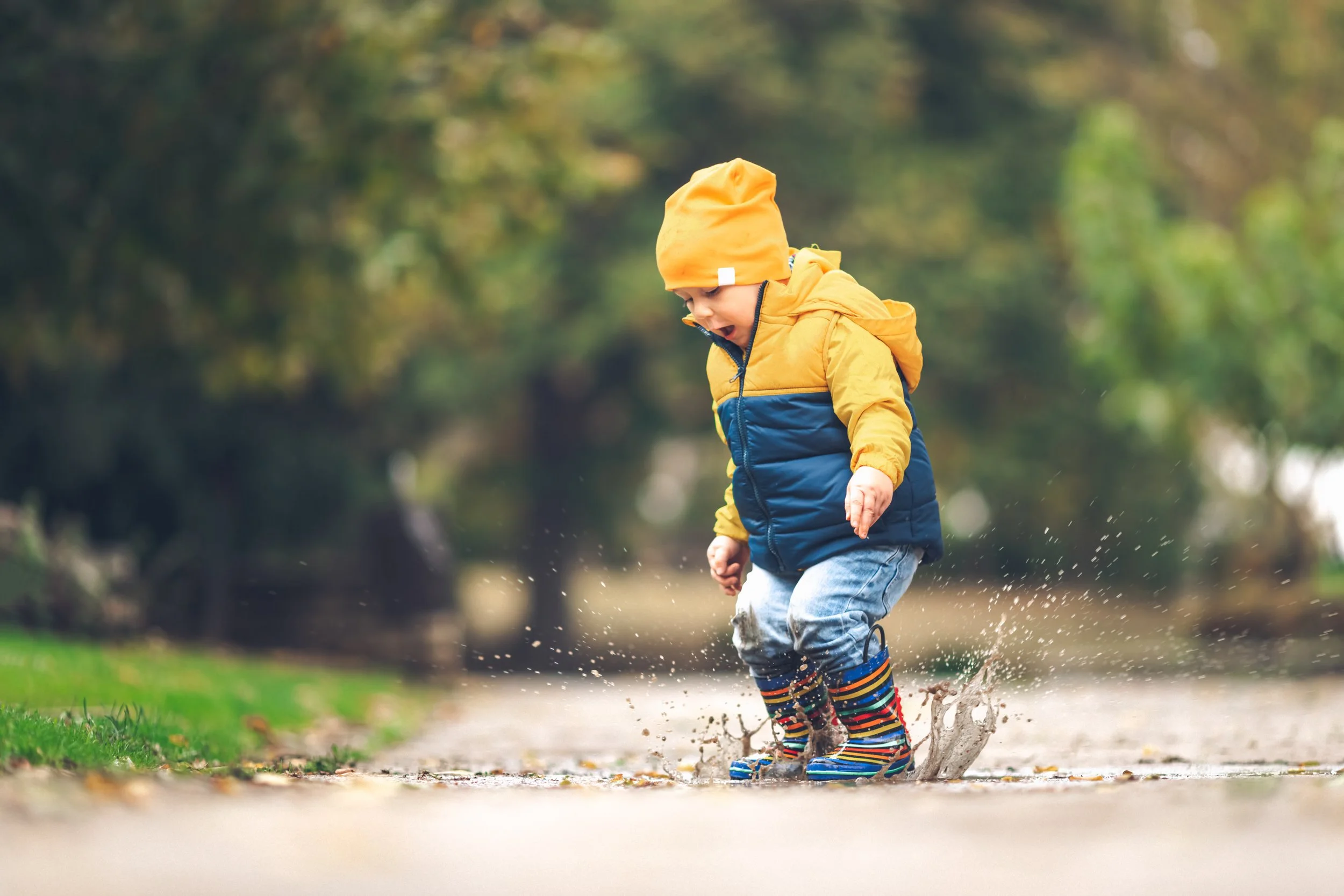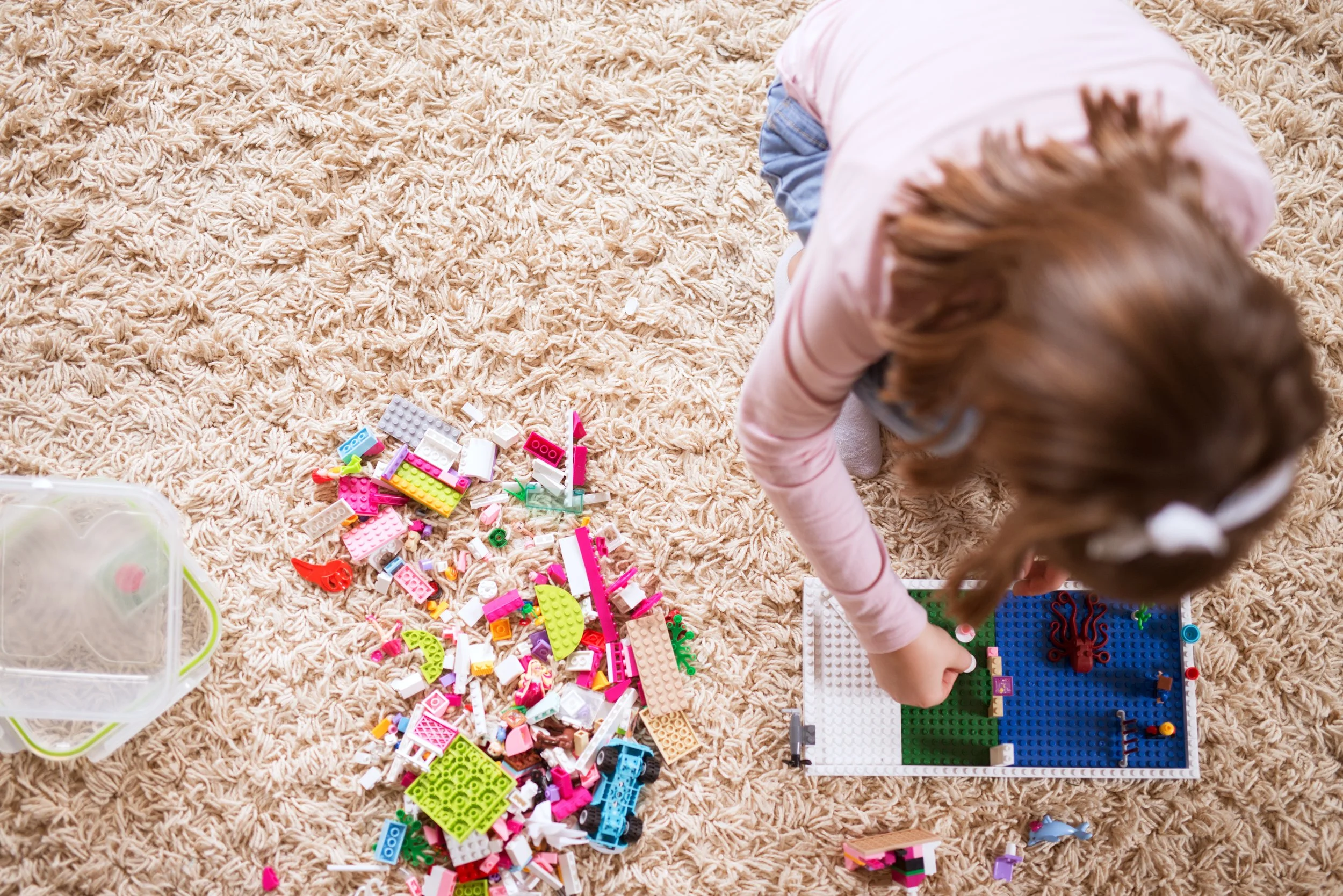Why Perspective-Taking Is the Secret to Confident Parenting (and Safer Spaces)
Take a Breath with Me
A few weeks ago, I found myself on my hands and knees, crawling across a living room floor—just like I had done a hundred times before in my work as a nanny and parent coach. But this time was different. This time, I was doing it for a quote in an article that would go on to be published by Redfin. And I felt... proud!
Proud that my tip—one that feels so second nature to me—could help thousands of parents see their homes (and their parenting) through a completely different lens.
“One of the best ways to avoid overwhelm while baby-proofing is to start with a baby’s-eye-view sweep. Get down on the floor and see your home from your little one’s perspective. You’ll spot hazards like dangling cords, loose decor, floor-level plants, and unstable furniture. Babies are curious explorers—this simple shift in perspective helps you catch dangers early and baby-proof with confidence.”
— as quoted in Redfin’s 22 Tips on Baby Proofing Apartments
Check it out here: Baby Proofing Apartments | Redfin
But let’s be real—perspective-taking goes far beyond baby gates and cabinet locks.
Why Perspective-Taking Is a Parenting Superpower
It’s easy to get caught up in the “checklist” mentality of parenting:
Baby-proof the outlets
Keep your cool
Always have the snacks ready
But the truth is, the most powerful shifts often happen when we slow down and see things from our child’s point of view.
Whether it's literal (like getting on the floor to see what they see) or emotional (like noticing what might feel scary, confusing, or overwhelming to them), this kind of awareness helps us parent with clarity and confidence.
The Deeper Impact of Perspective-Taking
Perspective-taking doesn’t just make your home safer. It helps you:
Regulate more effectively in the moment (because you understand what your child needs)🧠
Build stronger trust with your child (because they feel seen and heard) ❤️
Interrupt generational patterns (because you’re parenting from presence, not autopilot) ✨
Reconnect with your own inner child (because you’re giving what you may not have received)🔄
When you parent with perspective, you move from reacting to relating. And that’s when everything shifts.
A Personal Moment That Brought This Home
I’ll never forget the day one of the toddlers I was nannying burst into tears because we walked past a puddle without stopping. I was rushing to get home before naptime, but something made me pause and kneel beside him.
He looked at me with this pleading mix of sadness and surprise, like “How could you just walk past that magic?”
I realized in that moment—he wasn’t being “difficult.” He was trying to share something joyful with me.
So I said, “Want to jump in it once?”
He beamed. We splashed together for 30 seconds. We laughed. And then? He walked the rest of the way home calmly, no meltdown, no fight.
That moment reminded me: When we take their perspective seriously, join them in their world of play, everything else gets easier.
🌱 Feeling inspired to shift the way you show up as a parent?
My Ultimate Guide to Breaking Generational Cycles gives you the big picture—and the baby steps.
How to Expand Your Perspective-Taking Muscle
Like any skill, this one needs to be practiced. Here are a few ways to begin:
1. Get Down Low—Literally
Do the baby’s-eye-view sweep I shared in the Redfin article. You’ll see what your little one sees—and what they’re tempted to explore (and most likely put in their mouth).
2. Ask: What Might They Be Feeling Right Now?
When your child acts out, pause and wonder:
“Is this about needing control? Feeling scared? Wanting connection?”
This doesn’t excuse behavior—but it informs your response.
3. Reflect on Your Own Triggers
Sometimes we’re reacting to our unmet needs, not theirs. Perspective-taking includes looking inward and asking, “Why did that moment feel so hard for me?”
4. Let Your Child Teach You
Notice what fascinates them, what they repeat, what they avoid. Their behavior is a map—if we learn to read it.
Perspective-Taking Isn’t a One-Time Fix—It’s a Parenting Practice
It’s not always convenient. It’s not always easy. But it will always bring you closer to your child—and yourself.
Whether you’re just starting the baby-proofing journey or you’re knee-deep in toddlerhood, this shift in perspective helps you move from surviving to intentionally guiding.
And if you’re in a season where it feels hard to slow down and zoom out, that’s okay. You’re not behind. You’re right on time.
Tea Time: Your Invitation to Go Deeper
If this post hit home, here’s how we can keep growing together:
✨ Read the full Redfin baby-proofing article—and start with the view from the floor.
✨ Download The Self-Talk Cheat Sheet: 50 Questions to Ask Yourself Instead of Beating Yourself Up
✨ Explore more cycle-breaking tools with me. Reach out now!
📩 Want weekly support, mindset shifts, and free tools? Join my email list at the bottom of this page, so you never feel like you're doing this alone.
FAQ: Perspective-Taking in Parenting
What is perspective-taking in parenting?
It’s the practice of intentionally seeing the world through your child’s eyes—emotionally, physically, and developmentally—to better understand and support their needs.
How can perspective-taking help me be a calmer parent?
It shifts you from reacting to relating. Instead of seeing behavior as defiance, you begin to see it as communication—and that softens your response.
Is this just another parenting strategy that adds pressure?
Not at all. Perspective-taking is not about perfection—it’s about curiosity. It gives you more grace for your child and yourself.






